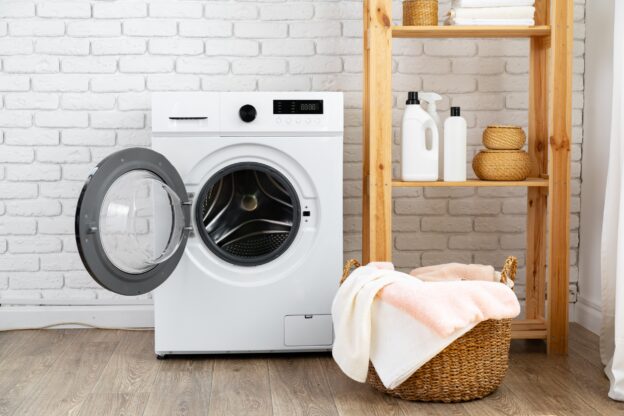Have you ever wondered how much risk an improperly installed dryer duct poses to your home? Many homeowners overlook proper dryer duct installation, but it plays an important role in home safety, efficiency, and energy savings. For San Jose residents, understanding the fundamentals of dryer duct installation can prevent potential hazards and improve your home’s performance.
Why Proper Dryer Duct Installation Matters
A properly installed dryer duct maintains efficient airflow and prevents lint buildup. This keeps your dryer functioning well and reduces the risk of fire. Good airflow improves drying times and lowers energy consumption, translating into cost savings over time. For homeowners in San Jose, where energy costs can be steep, every bit of efficiency counts.
Key Installation Guidelines
A safe dryer duct installation starts with choosing the right materials and layout. Metal ducts, preferably aluminum or galvanized steel, are best for minimizing fire risk. Flexible plastic or foil ducts may be inexpensive, but they tend to trap lint and cause blockages, so it’s best to avoid them. You can make sure the duct length is as short and straight as possible to promote smooth airflow. Limit the number of bends and verify each turn has a gentle radius.
Vent the duct outdoors, never into attics or crawl spaces. Proper venting expels moisture and lint outside, preventing mold growth and maintaining good indoor air quality. A well-sealed duct also keeps rodents and insects from entering your home.
Steps for a Proper Dryer Duct Installation
A clear process secures efficient and safe installation of your dryer duct. Here’s a step-by-step guide to help you get it right:
- Choose the Right Materials: Select a rigid or semi-rigid metal duct. Measure the required length before purchasing to avoid joints and unnecessary segments.
- Position the Dryer: Place the dryer as close to the wall as possible while leaving enough room to prevent kinks in the duct.
- Cut and Attach the Duct: Cut the metal duct to the appropriate length using tin snips. Attach one end to the dryer exhaust outlet and secure it with a metal clamp.
- Secure the Duct to the Wall Vent: Run the duct to the exterior wall vent and attach it using clamps and metal tape. Avoid using screws, as they can trap lint inside the duct.
- Seal and Check Connections: Apply metal tape to all joints to create a secure, airtight seal. Test the dryer to confirm air flows freely outside.
When to Call a Professional
While many homeowners can manage basic dryer duct installations, there are situations where calling a professional is necessary. If your setup involves difficult-to-reach spaces, complex duct routing, or multiple floors, professional help secures compliance with local building codes and maximizes safety. If you notice signs like longer drying times, unusual heat in the laundry room, or a burning smell, contact an expert to inspect your system immediately.
At Dryer Duct Company, we make sure your dryer runs at its best. If your dryer is taking longer than usual or leaving clothes damp, it could be due to a clogged duct. Call us today for professional duct cleaning and maintenance services.
